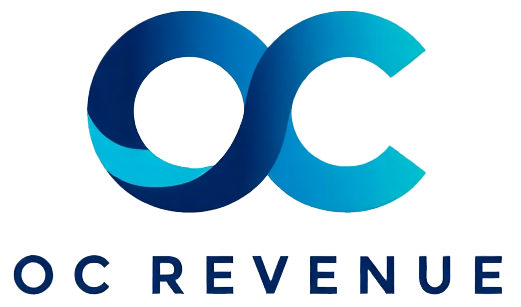Table of Contents
Recent Articles
How Might Multi-touch Attribution Shape Q4 2025 Performance?
Executive Summary:
Understanding the impact of multi-touch attribution (MTA) is crucial for enterprise leaders preparing for Q4 2025’s competitive marketplace. This article explores how MTA empowers data-driven decision-making and revenue optimization through strategic implementation supported by consulting expertise.
Key Takeaways:
- Multi-touch attribution enables precise pipeline forecasting and revenue intelligence by mapping customer journeys across touchpoints.
- Integrating MTA with sales technology and marketing operations improves team collaboration and drives cross-department performance.
- Consulting services play a vital role in change management, stakeholder alignment, and tailoring MTA tools to enterprise sales and marketing structures.
- Leveraging MTA enhances compensation models and territory optimization, directly influencing customer retention and upsell strategies.
- Enterprises deploying MTA in Q4 2025 will gain competitive advantage through robust lifecycle management and churn prevention fueled by better customer behavior insights.
How Might Multi-touch Attribution Shape Q4 2025 Performance?
Enhancing Revenue Intelligence Through Multi-touch Attribution

In today’s complex sales environment, relying on single-touch attribution severely limits leadership’s ability to accurately forecast pipeline and revenue. Multi-touch attribution introduces a granular, data-driven approach to revenue intelligence by attributing credit to multiple interactions along the customer journey. This comprehensive visibility into customer behavior helps executives identify high-impact marketing operations and optimize budget allocation across channels.
For example, in large enterprise sales where multiple stakeholders influence buying decisions, MTA clarifies which campaigns or touchpoints drive qualified leads and customer onboarding success. This clarity reduces risk in forecasting by informing sales technology choices that align with territory and team structure needs, ensuring compensation models reward meaningful contributions rather than last-click conversions.
Consulting firms specializing in revops and revenue enablement are instrumental in integrating MTA systems with existing CRM and sales automation platforms. Their expertise in stakeholder management and cross-department collaboration accelerates adoption and ensures data consistency, enabling Q4 2025 to close with confidence in performance benchmarking and strategic pipeline leadership.
Driving Cross-Department Collaboration and Sales-Marketing Alignment

One of the most enduring challenges enterprises face is aligning sales and marketing teams to maximize customer experience and revenue attribution accuracy. Multi-touch attribution serves as a unifying framework that facilitates collaboration by clearly defining marketing handoff points and refining journey mapping processes. This alignment is critical as market complexity increases, requiring coordinated lifecycle management to support retention and customer upsell goals.
Multi-touch data empowers marketing operations and account management teams to understand the customer journey comprehensively, spotlighting which touchpoints generate the strongest pipeline velocity. When coupled with sales automation tools, these insights help shape territory strategies that optimize workload distribution and improve compensation fairness based on actual contribution data rather than subjective estimates.
Leading consulting practices offer tailored training and change management programs that reinforce revenue enablement across organizational silos. These initiatives ensure that both marketing and sales teams embrace the metrics that drive customer success and churn prevention, ultimately boosting end-of-year performance and sustainable growth.
Leveraging Predictive Analytics and Performance Benchmarking in Q4

Predictive analytics, bolstered by multi-touch attribution data, transforms how enterprises anticipate customer needs and adjust strategies proactively. By analyzing customer engagement patterns and health scoring metrics across multiple interaction points, companies can more accurately forecast risks such as churn or identify upsell opportunities.
In the competitive Q4 2025 environment, performance benchmarking becomes essential as firms seek to measure effectiveness not only against internal goals but also against industry standards. MTA data feeds into sophisticated analytics dashboards that guide pricing adjustments and territory optimization, enabling executives to fine-tune campaigns and sales strategies dynamically.
Consultants with deep expertise in sales technology integration and revenue intelligence are essential partners in building these analytic capabilities. They assist in tailoring tools to fit specific team structures and market realities, ensuring that forecasting models reflect real-world complexities and customer behaviors, thus reinforcing pipeline predictability and growth.
Optimizing Compensation and Incentive Models with MTA Insights
Traditional compensation models often fail to attribute credit fairly across complex, multi-touch customer journeys, causing misalignment and disengagement within sales teams. Multi-touch attribution provides critical insight into the intricacies of sales and marketing contributions at every stage, enabling leaders to design compensation plans that truly reflect performance impact.
By integrating revenue attribution data from MTA tools with compensation frameworks, organizations ensure that reps and marketers who contribute to customer onboarding, retention, and upsell initiatives receive appropriate recognition and incentives. This fosters motivation and drives focus on high-value touchpoints that improve overall customer experience and revenue outcomes.
Consulting services can guide enterprises through change management challenges inherent in updating incentive plans, ensuring stakeholder buy-in and minimizing disruption. They also support continuous optimization by using performance data to recalibrate goals and pipeline targets ahead of Q4’s critical sales period.
Future-Proofing Enterprise Growth with Strategic MTA Adoption
As enterprises prepare for Q4 2025 and beyond, adopting multi-touch attribution at scale is a strategic imperative to future-proof growth. MTA enables organizations to embrace revenue intelligence as a core discipline, driving more accurate forecasting, deeper customer insights, and agile marketing and sales strategies. This adaptability is increasingly crucial in managing risk and capitalizing on evolving market opportunities.
Consulting partners bring invaluable expertise in executing comprehensive MTA deployments that consider unique enterprise factors such as territory design, team structure, and sales technology stacks. Their approach ensures that data-driven decision-making cascades throughout the organization, enhancing cross-department collaboration and driving sustained improvements in customer lifecycle management.
Ultimately, enterprises leveraging multi-touch attribution gain a powerful advantage in performance benchmarking and revenue enablement, positioning themselves for stronger retention, lower churn, and higher customer lifetime value during the pivotal Q4 2025 timeframe.
For Further Information
- AInvest, Perion Network: Pioneering Performance-Driven CTV Advertising in a $36B+ Growth Opportunity
- AdExchanger, How Multi-Touch Attribution Will Redefine Digital Ad Performance in 2025
- MarTech Series, Leveraging Multi-Touch Attribution to Drive Marketing ROI in Q4 2025
- Forbes, Automation And Attribution: The Future Of Marketing In 2025
- TechCrunch, Attribution Innovation: How AI and Automation Are Transforming Marketing Performance Metrics
Related Stories on the Web
- Perion Network Pioneering Performance-Driven CTV Advertising in a $36B+ Growth Opportunity — AInvest
- How Multi-Touch Attribution Will Redefine Digital Ad Performance in 2025 — AdExchanger
- Leveraging Multi-Touch Attribution to Drive Marketing ROI in Q4 2025 — MarTech Series
- Automation And Attribution: The Future Of Marketing In 2025 — Forbes
The article on How Might Multi-touch Attribution Shape Q4 2025 Performance? was hopefully useful in helping you understand more about the topic.

